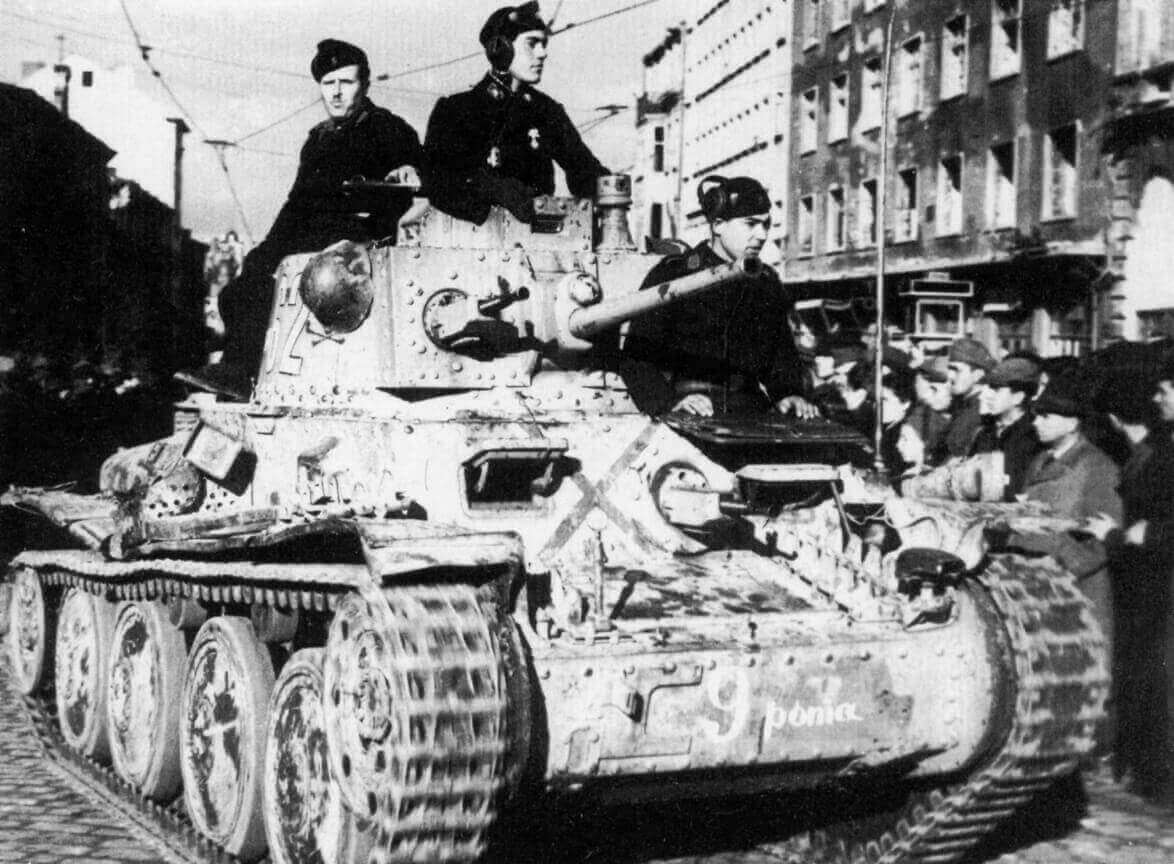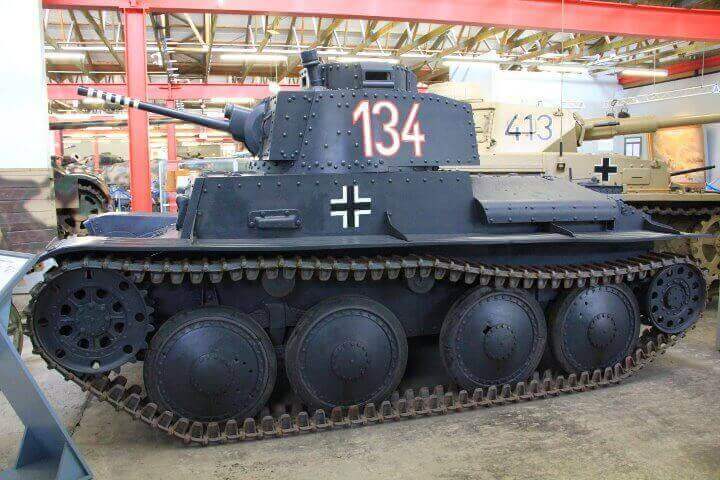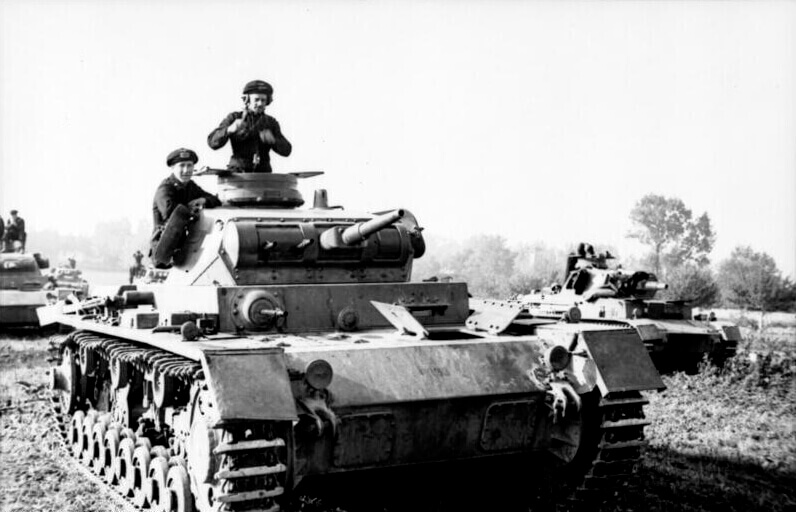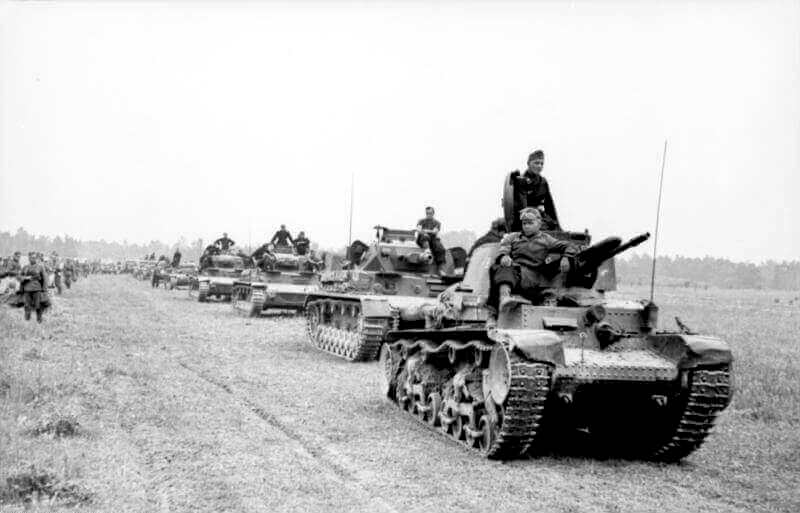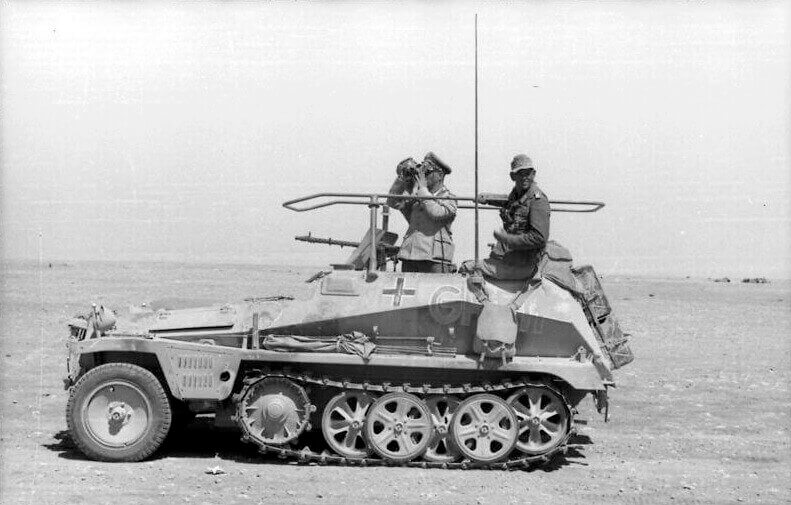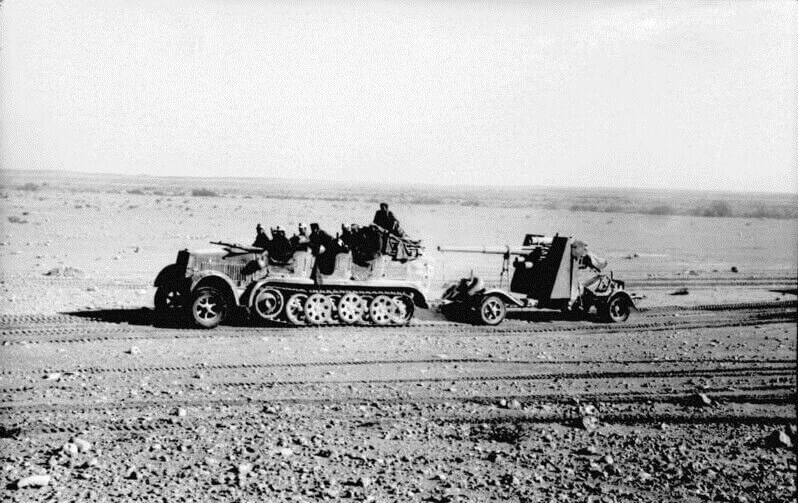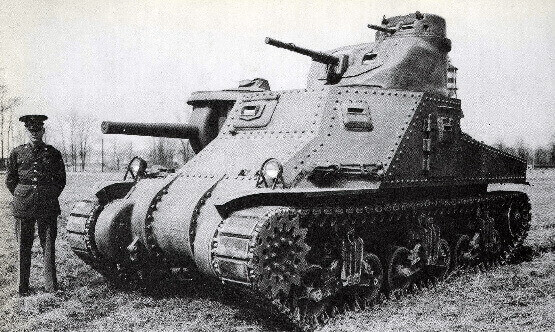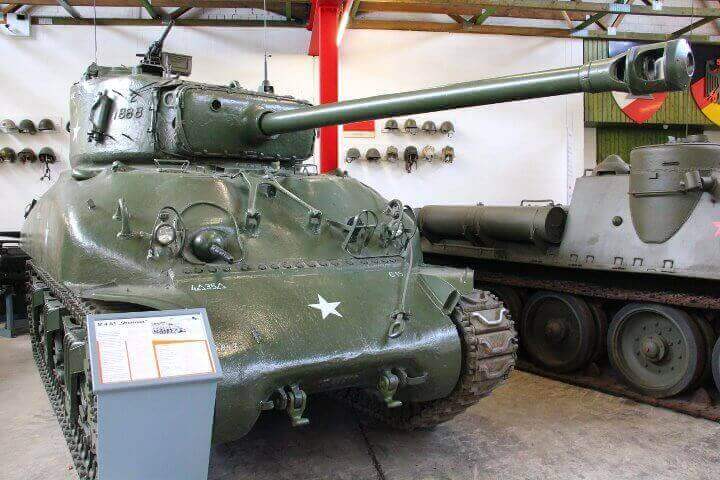Brief History of Tank Development #3
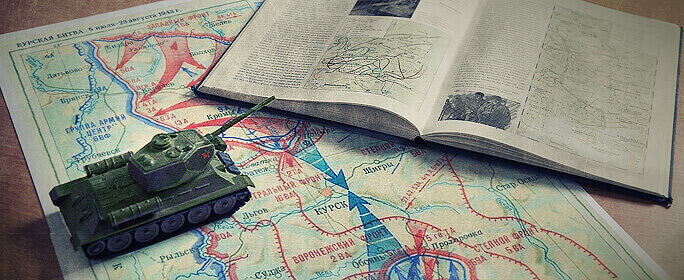
The Blitzkrieg in the initial stage of WWII
In 1938, Germany annexed Czechoslovakia without using military force. This was a great political victory, and it helped the enlargement of German armoured force. The Skoda factory in Czechoslovakia manufactured 35(t) and 38(t) tanks which were approximately equal to the German PZ. III. That solved the problem of Germany's slow tank production.
|
<Czech Skoda38t Tank> |
|
|
<Early version of Pz III in Poland Campaign> |
<Czech Skoda35t Tank> |
Germany attacked Poland in 1939. This was the first time that the “Blitzkrieg” tactic was actually performed. The Polish army mobilized about 1 million troops right away, but their air force and tanks were poor. Poland was defeated soon and lost the war in just one month.
Britain and France declared war on Germany after the Germans invaded Poland. Germans felt that their lightning victory in Poland was unexpected, and that there would be a tough fight against France. The French had the so called “best army” in Europe and British troops were also stationed in France. The French army possessed 2.77 million troops and the strong Maginot Line. Tanks that were mainly used by the French were the S-35 medium tanks and B1 heavy tanks. Both tanks were as good as the tanks Germany had.
The original German war plan was approximately the same as the one in WWI. The main force would break through from Holland and Belgium. French and British war plans were also made according to this assumption. But this time, something happened. One German airplane that was carrying the war plan had a forced landing in Belgium. At that point, German operations had to change.
A well-planed new operation made by General Manstein was submitted to German military authority. In his plan, the German force would execute lure operations in Belgium and Holland first, then, the German main armoured force would break through in Ardennes near Luxembourg because French defence was poor in that area. After the breakthrough, German troops would advance straight to the English Channel, outflank and encircle the main force of British-French troops in the north. This plan was called the “Manstein Plan”.
|
<Above: French B1 heavy tank> <Right: German Strategist Field Marshal Erich von Manstein> |
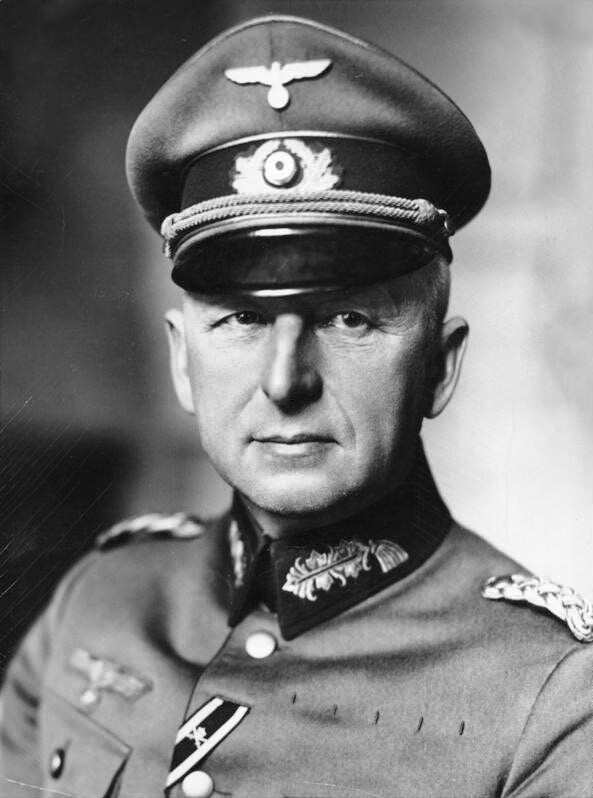 |
According to the Manstein Plan, German troops attacked on May 10, 1940. General Guderian’s armoured troops broke through from Sedan and British-French troops were surprised. German troops advanced quickly and they arrived to the English Channel on May 20. They cut the connection between British-French troops in the north and French troops in the south. From the end of May to the beginning of June, 330,000 troops of British-French troops were evacuated from Dunkirk successively. They abandoned more than 700 tanks but saved valuable personnel.
Paris was occupied by German forces on June 14. Following that, the French asked for a cease fire on June 17. Grand France was defeated in merely over one month. The “Blitzkrieg”, which used tanks as the key component won the battle with great success. Afterwards tanks became the king of land warfare. Armoured troops were the decisive winning element on the battlefield.
Fierce Combat in North Africa
During this time, German tanks were not better than British and French ones. Instead, they depended on tactics and communication. According the experience after the outbreak of war, tanks from all belligerents were strengthened. For instance, main guns of the German Pz. IIIs were replaced by 50mm guns and armour was enhanced. Pz. VIs were also re-equipped with long-barrel 75mm guns which had better penetration power.
German forces then attacked the Balkans, and they swept British and Greece forces out. But when German forces dominated the European continent, something uncontrolled happened. Italy, which had a colony in North Africa, attacked Egypt which was controlled by the British. However, the Italian forces were disastrously devastated by Britain and requested for intervention from Germany to avoid losing all colonies in North Africa.
Hitler was keen to attack the Soviet Union and did not want to disperse the German force. However, Mussolini was his loyal ally. It was a crisis Hitler could not ignore, so a small group of German forces were dispatched to North Africa. The group was to be commanded by General Rommel who had outstanding performance during the Battle of France.
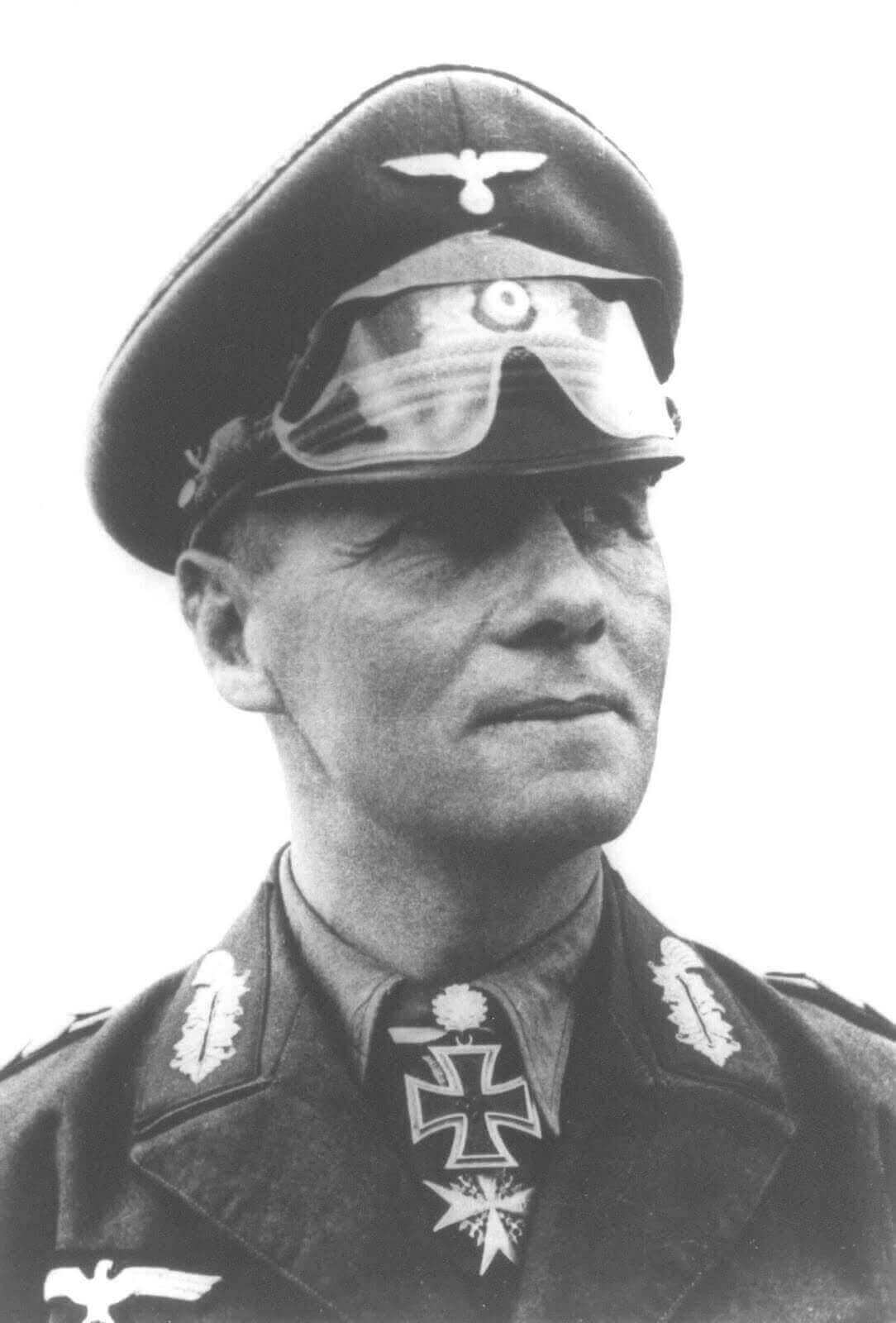 |
<Above: Rommel on the Sd.Kfz. 250 command car> <Left: "Desert Fox" Field Marshal Rommel with goggles> |
Rommel arrived in North Africa on February 1942. He counter-attacked British forces and gave them a blow. Although the British had more tanks than Germans, British tanks had poor mobility or poor guns. The most important factor was that British tactics lacked flexibility. Rommel utilized his experience in the Battle of France. He used 88mm anti-aircraft guns which were capable of destroying British tanks at a distance of more than 1500m. This tactic effectively compensated for the German force's shortage of tanks; and earned Rommel his reputation as “Desert Fox”.
|
|
|
<88mm guns in Africa Corps>
Rommel’s “German Africa Corps” attacked and occupied Tobruk in June, then marched towards Egypt. But they were defeated in the Battle of El Alamein. Now British forces had a large number of M3 and M4 tanks from the US. This gave the British an overwhelming advantage in terms of quantity and quality.
M4 Sherman tanks were the main medium tanks of the US force during WWII. The capabilities of M4 Shermans were average. They were easy to produce and maintain. M4 Shermans had a top speed of 48 km/h, but were not fuel-efficient and easily caught fire after being hit. USA was the first country in the world which had an almost unlimited mass production industry capability; this allows them to endlessly deliver tanks and kinds of equipment to allies. The US manufactured more than 53,000 M4 Sherman tanks during 1942~43.
|
<American M3 Lee tank> |
<M-4 Sherman in Munster Tank Museum, Germany>
|
The British fought back. With the US forces landing in North Africa at the end of 1942, the Axis forces surrendered in May 1943.
(Text by Michael Fu;photos by Michael Fu & General Yu)
(To be continued...)




